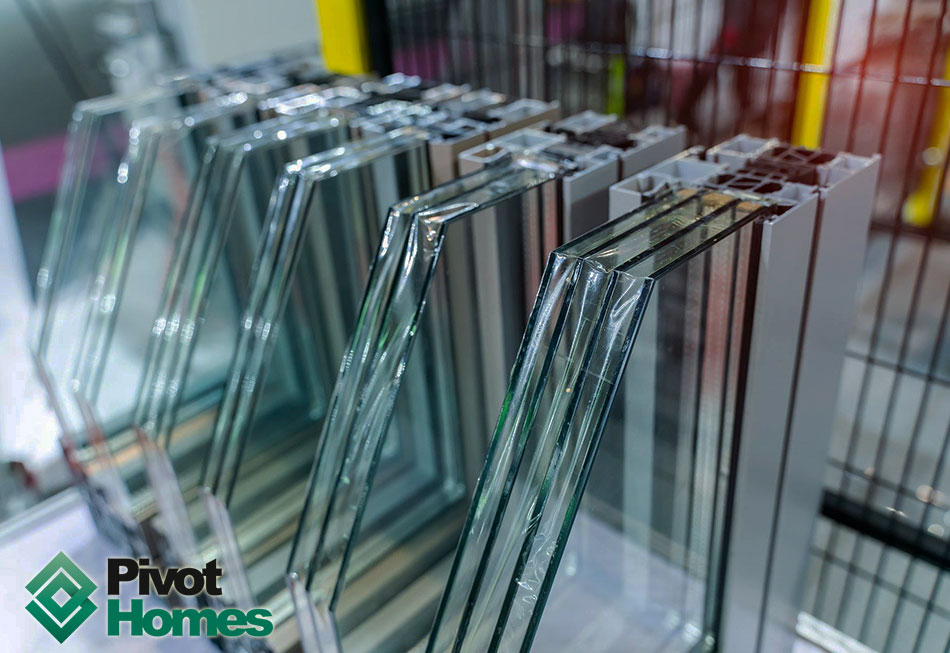All Categories
Featured
Table of Contents
Double Glazed Windows In Melbourne in Bertram Perth
Laminated glass is often utilized in areas in the home most prone to injury from human impact such as restrooms, doors, around staircases and in locations near to the flooring (it satisfies the requirements of 'safety glass' that is mandated for usage in these locations by Australian Basic AS 1288 Glass in buildings).
Toughened glass has been 'tempered' by being reheated and rapidly cooled once again. This procedure makes it much more powerful than basic glass it can withstand higher impact loads prior to breaking. It also makes it safer since, when it does shatter, it breaks into many little cubic pieces instead of hazardous shards.
Canberra Window Replacement - Upvc Double Glazed ... in Claremont WA
Toughened glass has no thermal or acoustic advantages over other glass of the same toning or density. Secondary glazing is where single-glazed windows are retrofitted with a transparent acrylic or glass sheet attached to the within the frame or openable sash with a secondary frame or with magnetic strips.


Secondary glazing will not perform too thermally as a produced IGU, since it is difficult to totally seal the boundary, however it can supply excellent sound control. Window movies are a thin polymer film including a soaking up dye or reflective metal layer, with an adhesive support. They stick to your glazing to alter its colour or make it reflective.
Which Double Glazed Windows Are Best For Summer? in Carramar Perth
Applied to existing glass, some window movies can cut in half the general SHGC of the window by soaking up and/or reflecting solar radiation. This can be especially helpful in hotter environments where cooling is the main concern, or on east and west elevations straight exposed to long durations of sunshine. Window movies might also decrease noticeable light transmittance.

For this reason, it is normally best to use a recognized installer of window movie. Frames have a considerable impact on the thermal performance of windows and doors, due to the fact that energy can be acquired and lost through the frame, as well as through the glass. Different kinds of frame will allow various levels of heat gain and loss, so mindful choice of frame is essential for efficient passive design.
Glazing And Glass Options - Smarter Homes in Wellard Western Australia
Nevertheless, aluminium is likewise a great conductor of heat and will decrease the insulating worth of a glazing system, unless particularly engineered to lower this. A 'thermally broken' frame is made up of 2 aluminium sections connected by a structural insulator (normally a low-conductivity structural polymer). This 'breaks' the thermal connection through the aluminium and reduces the heat streaming through the frame.
Wood frames are a great natural insulator that can fit some house styles. Wood frames should be made from species that have naturally high sturdiness or be treated to avoid decay and contortion.
Which Double Glazed Windows Are Best For Summer? in Booragoon Western Australia
This can result in spaces that enable air infiltration unless good draught sealing (weather condition removing) is installed. u, PVC is a form of plastic (unplasticised polyvinyl chloride, also referred to as rigid PVC). u, PVC frames supply excellent thermal efficiency, often better than timber or thermally damaged aluminium. u, PVC is long enduring and needs extremely little upkeep, and can be moulded into complex profiles that provide excellent air seals.
u, PVC doors and windows have outstanding thermal performance Photo: Ben Wrigley (Light Home Architecture and Science) Composite frames utilize aluminium profiles on the outer sections with either a wood or u, PVC inner section. These combine the low upkeep and toughness of aluminium with much enhanced thermal efficiency.
Table of Contents
Latest Posts
How Are Double Glazed Windows More Energy Efficient? in Helena Valley Perth
Why Should You Have Double-glazed Windows This Summer? in Secret Harbour WA
Double Glazed Windows Brisbane in Mosman Park Western Australia
More
Latest Posts
How Are Double Glazed Windows More Energy Efficient? in Helena Valley Perth
Why Should You Have Double-glazed Windows This Summer? in Secret Harbour WA
Double Glazed Windows Brisbane in Mosman Park Western Australia